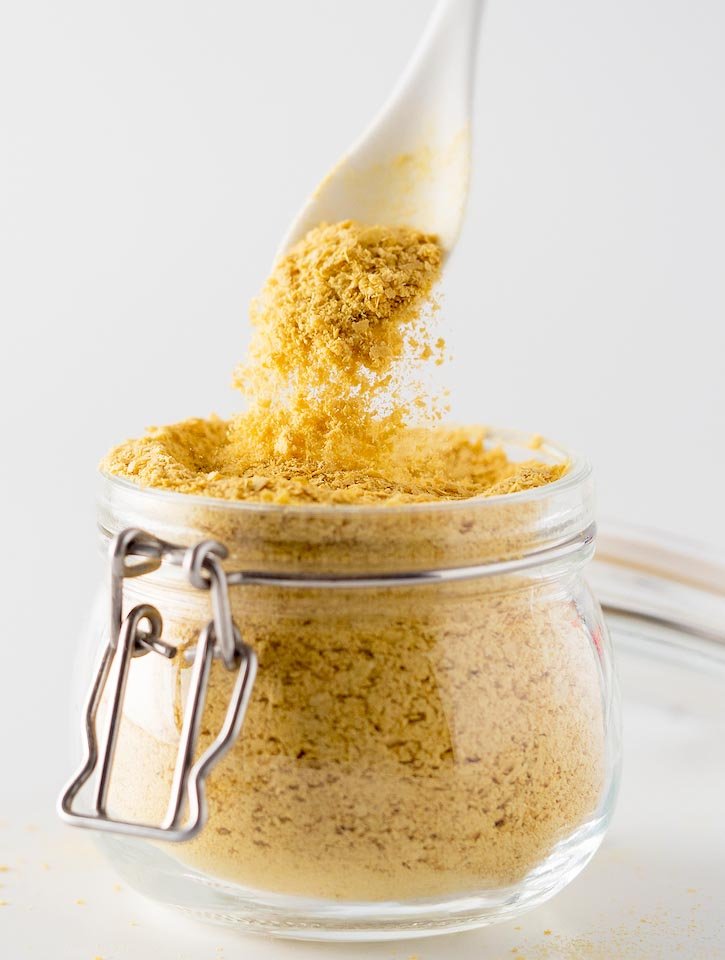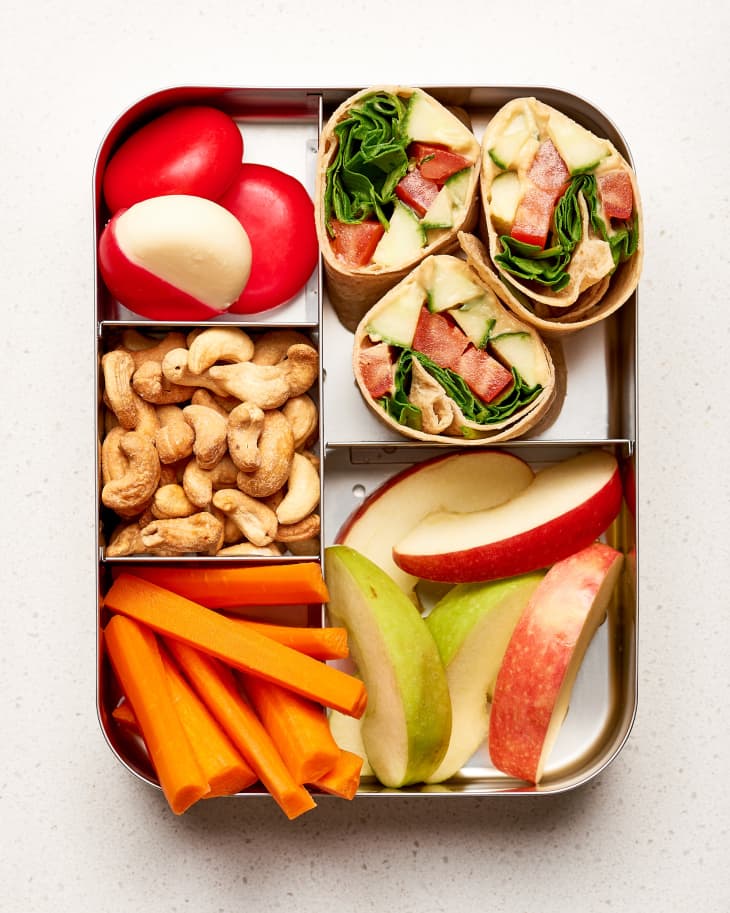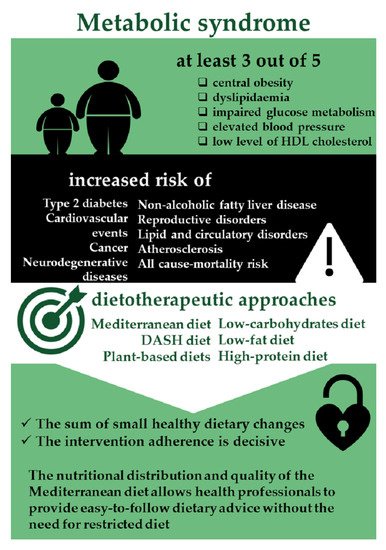
Many plant foods are rich in calcium. These include hazelnuts and almond butter. Almonds contain the most calcium. However, many other nuts and seeds can also be good sources. Tahini, for example, has forty-two mg per teaspoon. Other calcium-rich food sources include sesame seed and low-oxalate leavesy greens. But where can we find more calcium rich plant foods?
Soy milk
Calcium is an essential mineral. However, many foods lack it. It's not necessary to take calcium supplements for most people, but it's good to have enough from your food sources. The recent calcium dispute between vegans, dairy advocates is an example of this. The dairy side seems to be intentionally misleading about the calcium content of many products. However, the vegans don't always make the most informed decisions, and they often trot out bogus claims to support their position.
Soy milk can be found in many grocery stores. It is becoming increasingly popular with vegetarians and vegans. Soy milk can be an alternative to cow’s milk. It has a balanced nutrition profile. But soy milk is not for everyone. Soy milk has its health risks but it also has many benefits. It is not recommended for those with milk allergies. Soy milk contains high levels of isoflavones which are well-known for their anticancer properties.

Leafy greens that are low-oxalate
Vegans should be aware that high levels of oxalate in plants can prevent calcium absorption. 25 milligrams of calcium is the daily recommended amount. Oxalate has been linked with calcium-oxalate-related kidney stones. Vegans should therefore eat low-oxalate leafy greens in order to meet the RDA for calcium.
Leafy leaves are rich in calcium as well as fiber and vitamin A. They also contain vitamins B6, iron and magnesium. They could be one of vegans' most important sources for nutrition. Here are some foods with high levels of oxalate.
Sesame seeds
If you are trying reduce your consumption of animal products and you are vegan, you should consider adding sesame oils to your daily diet. Sesame seeds are high-quality sources of calcium, and they have other health benefits. They are also rich in magnesium and protein. They are also rich in selenium and iron. You can use sesame seeds in your daily cooking to add crunch to your dishes.
Sesame nuts contain 560 milligrams (or five60 mg) of calcium per teaspoon and are a good source of protein as well as fiber. They are also an excellent source of iron, phosphorus, and potassium. Sesame seeds can also be eaten in the form of sesame seed butter. Sesame seed butter is a good source of calcium, and can be used to make stir-fries or salads.

Tahini
Tahini is a popular condiment from the Middle East and Eastern Mediterranean. It's also native to North Africa. It's made from sesame seeds and is the base for many popular Middle Eastern dishes. It's delicious and also contains calcium, a crucial mineral in our bodies. Here's how we make tahini in our kitchen:
Tahini can be described as a paste from ground sesame. A tablespoon of Tahini contains 64 mg calcium. It's great for salad dressings or sweeter foods like cookies. You can also get calcium in dairy-free milk if you are vegan or lactose free. Tahini can be a great source, but it cannot replace dairy products. It's best used as part of a balanced diet.
FAQ
How do I know what's good for me?
Listen to your body. Your body is the best judge of how much exercise, food and rest you should get. You need to be aware of your body and not overdo it. You must listen to your body to ensure you are healthy.
What is the difference between calories and kilocalories?
Calories refer to units that are used for measuring the amount of energy contained in food. Calories are a unit of measurement. One calorie equals one degree Celsius of energy to heat 1 gram of water.
Kilocalories can also be used to refer to calories. Kilocalories measure in thousandths (or calorie) of a calorie. 1000 calories are equal to one kilocalorie.
Does being cold give you a weak immune system?
There are two types: those who love winter, and those who don't. But, regardless of whether you love or loathe winter, you might be wondering why it makes you miserable.
The answer lies in the fact that our bodies are designed to function best during warm weather. Because of this, our bodies evolved to thrive and survive in hot climates.
Now, however, we live in a completely different environment to how our ancestors lived. We spend a lot more time indoors, and are more likely to be exposed to extreme temperatures like heat and cold.
This means that our bodies aren’t used to these extremes. It means that when we do go outdoors, our bodies feel tired, sluggish even sick.
These effects can be reversed, however. You can combat these effects by making sure you are well-hydrated all day. Drinking plenty of water will help you keep your body hydrated and flush out toxins.
Another important step is to ensure that you're eating healthy meals. Eating nutritious foods helps your body maintain its optimal temperature. This is especially true for those who spend extended periods of time indoors.
It is worth taking a few extra minutes each day to meditate. Meditation can relax your mind and body which can make it easier to deal stress and illness.
Statistics
- The Dietary Guidelines for Americans recommend keeping added sugar intake below 10% of your daily calorie intake, while the World Health Organization recommends slashing added sugars to 5% or less of your daily calories for optimal health (59Trusted (healthline.com)
- According to the 2020 Dietary Guidelines for Americans, a balanced diet high in fruits and vegetables, lean protein, low-fat dairy and whole grains is needed for optimal energy. (mayoclinichealthsystem.org)
- This article received 11 testimonials and 86% of readers who voted found it helpful, earning it our reader-approved status. (wikihow.com)
- In both adults and children, the intake of free sugars should be reduced to less than 10% of total energy intake. (who.int)
External Links
How To
What does "vitamin" actually mean?
Vitamins are organic substances found naturally in food. Vitamins allow us to absorb nutrients from food. Vitamins are not made by the body, so they must be obtained through food.
There are two types if vitamins: water soluble, and fat soluble. Water soluble vitamins dissolve easily in water. You can find vitamin C,B1 or thiamine, B2 or riboflavin and B3 or niacin. B6 is pyridoxine. Folic acid, biotin and pantothenic are some examples. The liver and fat soluble vitamins are stored in fatty tissue. You can find vitamin D, E K, A and beta carotene as examples.
Vitamins are classified according their biological activity. There are eight main groups of vitamins.
-
A – Essential for normal growth, and the maintenance of good health.
-
C - vital for nerve function and energy generation
-
D – Essential for healthy teeth, bones and joints
-
E is required for good vision and reproduction.
-
K - Required for healthy nerves and muscles.
-
P - essential for strong bones, teeth and tendons
-
Q - aids digestion and absorption of iron.
-
R – Required for making red blood vessels.
The recommended daily allowance (RDA), for vitamins, varies based on gender, age, and physical condition. The U.S. Food and Drug Administration, (FDA), sets the RDA value.
For adults 19 years and over, the RDA vitamin A intake is 400mg/day. However, pregnant women need 600 micrograms per day because it is important for fetal development. Children ages 1-8 require 900 micrograms per day. Infants under one year of age require 700 micrograms per day, but this amount decreases to 500 micrograms per day between 9 months and 12 months of age.
Children aged 1-18 years need 800 micrograms daily, while children overweight require 1000 micrograms per days. Children who are severely obese or underweight will need 1200 micrograms each day.
Children 4-8 years old with anemia will need 2200 mg of vitamin D daily.
Adults over 50 years of age need 2000 micrograms per day for general health. Breastfeeding or pregnant women require 3000 micrograms per daily due to higher nutrient demands.
1500 micrograms are required daily by adults over 70 because they lose approximately 10% of their muscle each decade.
Women who have been pregnant or are lactating require more than the RDA. Pregnant mothers need 4000 micrograms per daily during pregnancy and 2500 after giving birth. Breastfeeding mothers need to consume 5000 micrograms each day when breastmilk has been produced.